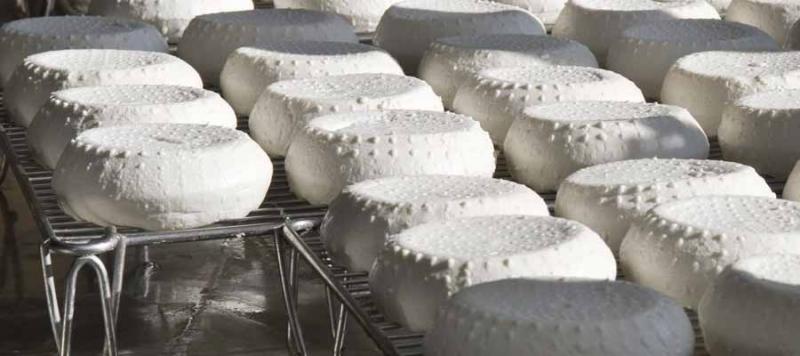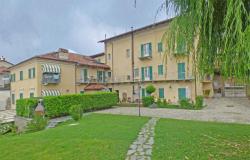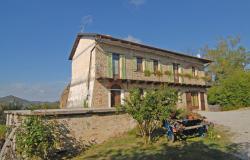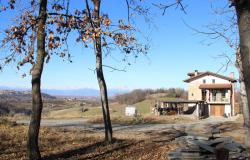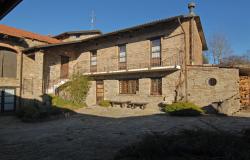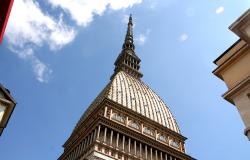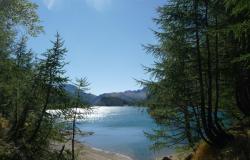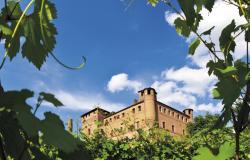A tiny Tomino wheel, the candid rind charred from the grill, splits open to ooze a creamy, molten core. The golden solidity of a slice of Bettelmatt dissolves at first bite, filling the palate with the verdant freshness of Alpine meadows. The pearly white of a young Castelmagno cheese—which may or may not have been King Charlemagne’s favourite—crumbles in the mouth to reveal a delicate saltiness.
Few regions in the world can rival with Piedmont for the variety, quality and flavour of its cheeses. Cheesemaking tradition here dates back to the Gallic and Ligurian tribes that lived in the area well before the Romans arrived.
They must have passed their curdling techniques onto the Romans, though, because legend has it that Hannibal, after crossing the Alps to head towards Rome, parked his elephants and his armies somewhere in the countryside near Taurinia, the Roman Turin, and took some time off to enjoy a plateful or six of Toma.
But then again, whole wars were waged over wheels of Piedmontese cheese—local lore tells of a thirty-year conflict between the towns of Cuneo and Saluzzo over thirty wheels of Castelmagno in the late Middle Ages.
Other wars—of taste, rather than weapons—continue to be fought now among aficionados to proclaim which Piedmontese cheese is best.
Which is nearly impossible to tell, partly because they are all very good, partly because many are seasonal, so they are difficult to compare side by side, and partly because taste is, after all, a very personal thing. But here are three excellent ones well worth trying.
Robiola di Roccaverano DOP
Made in a handful of valleys in the Langhe, Robiola di Roccaverano is a triumph of the unexpected. It is a fresh cheese of dazzling candour, and, at first sight, you’d think it milky, runny and sweet. Instead, it is surprisingly compact, with a slightly grainy texture. In the mouth, it is pleasantly tangy, with hints of herbs and yogurt. It has a delicate but complex flavour—perhaps because it is made with raw or pasteurised goat’s milk (at least 50%), blended together with cow and ewe’s milk. Some producers prefer to dispense with cow and ewe’s milk altogether for a fuller flavour.
Raschera d’Alpeggio DOP
Look at the rind—a dull greyish brown—and Raschera hardly looks inviting. But for those who bother to go beyond appearances, a gustatory miracle is in store. First comes a hint of cream-hued velvetiness that teases the palate. Then follows a sharp burst of flavour reminiscent of pepper and mountain pastures that makes the tongue tingle and lingers long, long, long in the mouth. Raschera d’Alpeggio is made with cow’s milk (preferably raw, possibly with ewe and goat’s milk additions) on a few mountain comuni in the Cuneo province (although there also is a Raschera DOP which is made in the valleys). It is only available in summer.
Losa® di Capra
One man—salt and pepper hair crowning an intense face with deep-set eyes and a high forehead—is behind the Losa® di Capra. Beppino Occelli, an Italian cheesemaking legend whose butter and cheeses have won more awards than anyone can reasonably count, came up with an original recipe that blends raw goat and cow’s milk. He named it losa because it looks like the lose, the stone slates used to roof chalets across Piedmont and Valle d’Aosta. It is a very compact yet silky cheese, mild at first approach but with a herby sharpness at the end that speaks of the mountain where it is made. Occelli recommends serving it with aromatic honey, and a glass of medium-bodied red.
